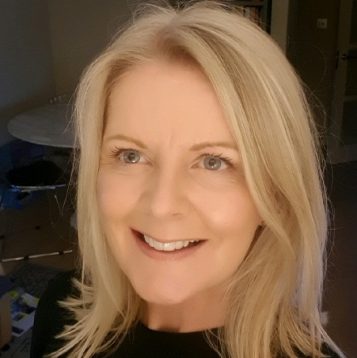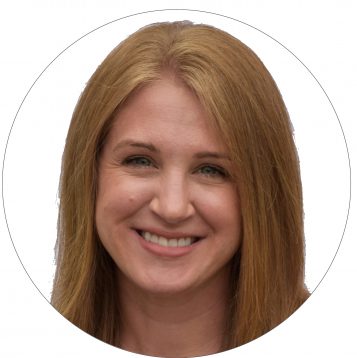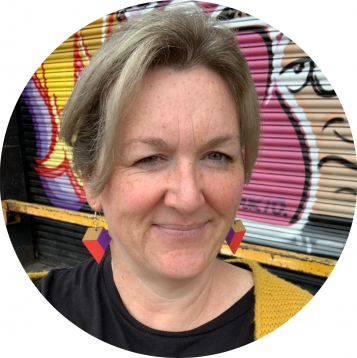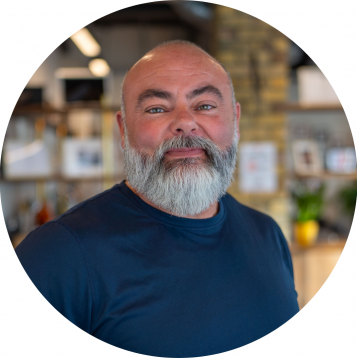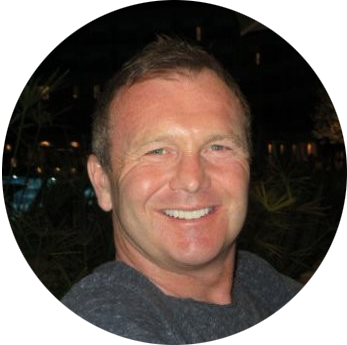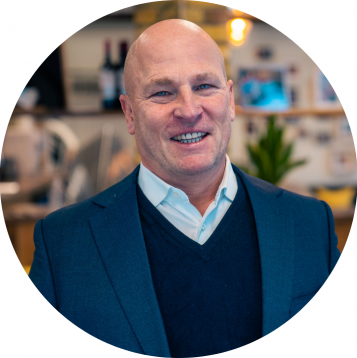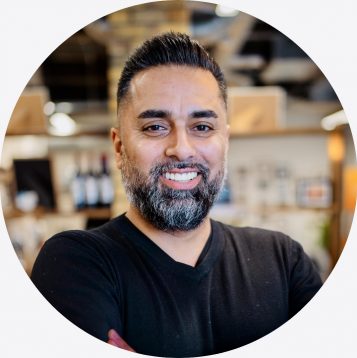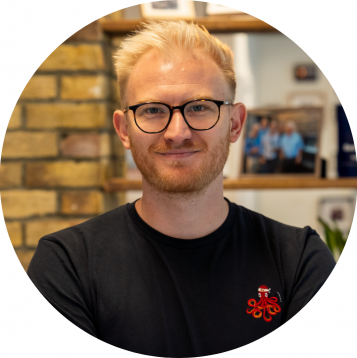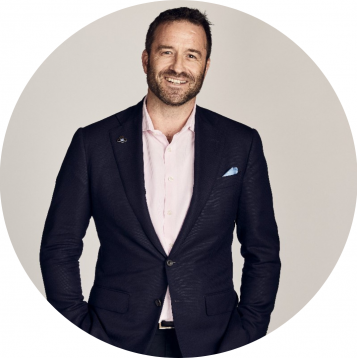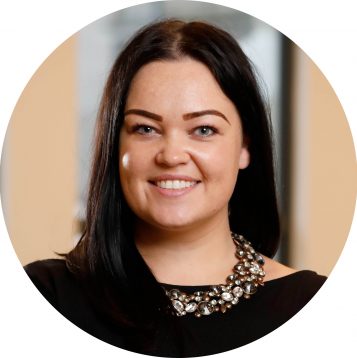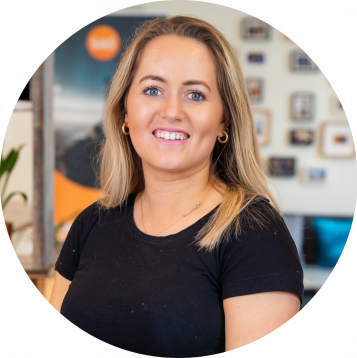Often, businesses are caught up in ‘transformational change’ and overlook the simplest of ideas. But if you keep customers at the heart of your business it becomes easier to know how to adapt to cultural differences and ensure your business thrives.
Take organisations that span geographical boundaries as an example. The core mission and value proposition may remain the same, but the delivery needs to be tailored to each market if your brand is to resonate:
- When entering the United States the company probably didn’t intend to give the message, ‘Nothing sucks like an Electrolux.’
- In Spain, the Coors ‘Turn it Loose’ campaign translated as ‘suffer from diarrhea’.
- And IKEA nearly named a desk Fartfull before being alerted to the translation.
However, language is culture at its most basic level. To account for every nuance is a far harder task.

Culture is easy to get wrong
Many brands have failed when entering new geographical markets because they didn’t account for the cultural differences:
- Suzuki: filed for bankruptcy in 2012 after it tried to enter the States – a country notorious for its love of large motors – with compact cars that proved popular in Japan.
- Starbucks: a company on the road to failure because it doesn’t appreciate the simple details – like how Swedish customers want their own pastries, stronger coffee and a cosy, warm, natural surrounding.
However, culture isn’t unique to geography. Therefore, you need to ensure any product/service you launch is not perceived as discriminatory and/or meets the needs of every person.
- IT Cosmetics: faced massive backlash on social media before it’s new range of foundation launched, because it failed to account for darker skinned people.
- Lego: nearly went bankrupt in 2003 because the company focused on grand innovation of what it could do, rather than what its customers actually wanted.

While there will never be a ‘one size fits all’ approach to culture, you can look to your peers and apply the lessons learned to put yourself in the best possible position for success. Like them or loathe them, some of the biggest brands on the planet have secured their market position simply by accounting for cultural differences:
- McDonald’s: employs a ‘glocal’ strategy to bring local flavors with region-specific menu items. For example, the McArabia, a flatbread sandwich for restaurants in the Middle East, and McSpaghetti for restaurants in the Philippines.
- Fenty: focussed on a diversity gap to launch a makeup line of hard-to-match skin tones so ‘people everywhere would be included’. The brand is now worth $1.4bn.
- Amazon: through constant innovation informed by listening to customers the brand is setting industry standards with subscription models, same-day delivery, and 1-click ordering.

Adapt or die
According to Investopedia, “there does seem to be a certain necessity to constantly move forward and adapt to new market opportunities.”
However, you need to ensure you adapt in the right way. Jumping on the latest social media bandwagon, like changing the colour of your logo in an attempt to show you as an inclusive organisation, is not the way to demonstrate you understand your audience. Pepsi discovered this when it’s advert, containing reality TV star Kendall Jenner, was banned because it was seen to trivialise the Black Lives Matter movement.
Instead, culture must be ingrained within your business so it’s naturally present in everything you do. Econsultancy analysed what makes challenger brands stand out and thrive at a time when many big brands are losing market share. It discovered these agile organisations shared 4 key traits: the ability to tell a story, authenticity, caring about community, and purpose.

However, we believe challenger brands go even further because they can offer their customers something tangible. Take S&S as an example…
- We believe in doing things a different way, which fits the new age of business.
- We’re open and honest about who we are and the way we operate.
- We aim to become a model organisation and give forward to care for our people, the local community and wider industry.
- Our mission is to revolutionise the future of work for the next generation.
- AND by challenging the status quo within our industry, we have created a movement that seeks to change business for good.
In the consulting industry, the ‘norm’ is large transformation projects with a big reveal scheduled for 3-5 years’ time. And yet the pace of change has increased exponentially. We’ve all had to face the harsh realities of existing in the digital era and how we need to continuously adapt. It’s why we challenged the status quo to deliver in 90-day value cycles – work towards anything further out and you risk the change no longer being relevant when you get there.
It’s well-documented that Netflix and Blockbuster are two companies within the same industry with two very different outcomes. At its peak, Blockbuster employed 84k people worldwide across 9k outlets. Today, it’s confined to the realm of nostalgia of past Friday nights. Netflix followed a strategy to ‘think big but start small, learn quick and scale fast’. Despite starting life mailing DVDs to customers, it evolved and today boasts over 109m subscribers worldwide.

Keep your customers at the heart of the business.
There really is only one way to account for cultural differences in your business so you know how to adapt: customer experience.
Avoid becoming another casualty of the digital age. Rather than embark on transformational change, which seeks to impress with a big bang reveal, focus on an iterative approach to change where you fail fast and scale what succeeds. Your goal should be to embed continuous change into the rhythm of the business.
It starts by changing the way you approach work. Rather than organise objectives by business functions, which encourages siloes, move towards an activity-based way of working. For example, if you’re looking to grow the business by 5%, it’s no longer a sales challenge but a business-wide one. Yes, sales can grow accounts and marketing can find new leads, but the operations team can seek ways to optimise and reduce costs, and the product team can ensure what they develop is really what the customer requires.
Of course, to ensure you continuously meet their needs requires you to bring your customers into the delivery teams, rather than leave them as an after-thought. This gives you time to tweak and test so you can learn quickly and scale what succeeds.
And with roles organised around objectives to create ‘customer journey teams’, you secure a single view of customer data that enables you to really understand who they are.
—
Want to know more about how S&S can help you and your organisation?
- Sign up to our fortnightly newsletter The Pulse with cutting edge business insights from our experts.
- If you’re a senior leader or change agent, join one of our change communities to network and share with like-minded individuals.
- If you have a problem that needs solving across business change, agility, leadership or transformation and you don’t want to go down the big, traditional consulting route- Get in touch







